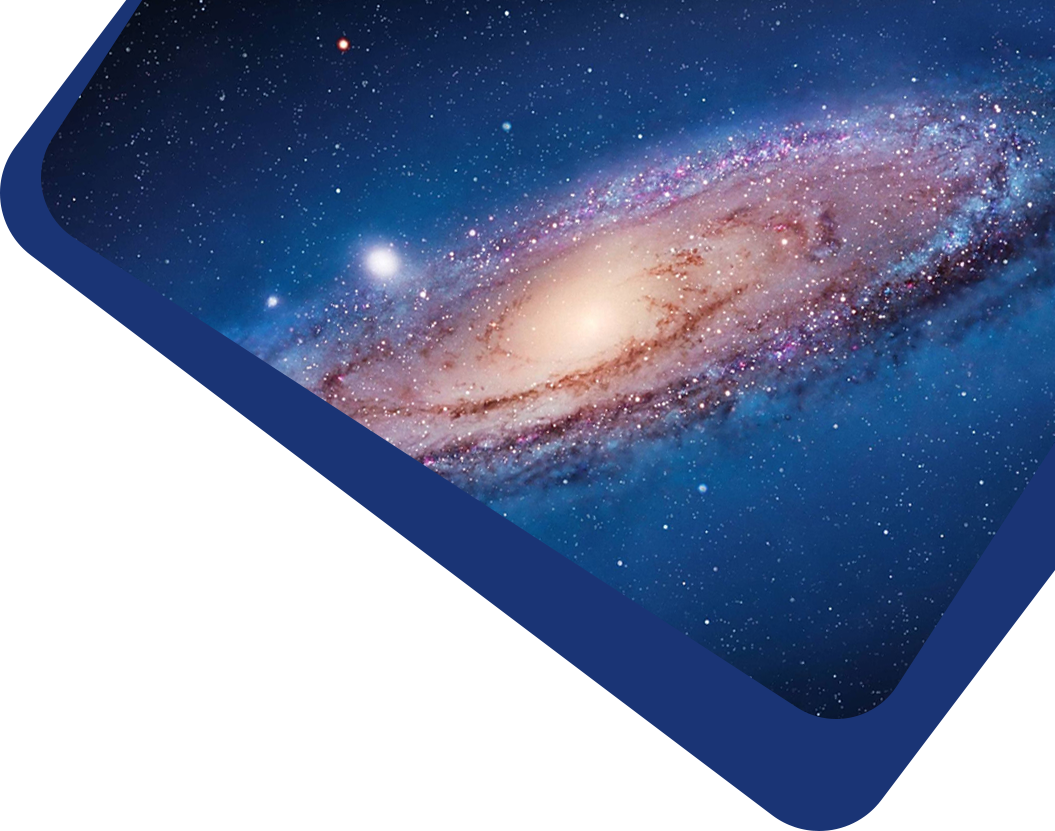

An active galactic nucleus (AGN) plays a crucial role in the evolution of its host galaxy, but the detailed mechanism remains ambiguous. The radiation from the AGN heats and ionizes the surrounding gas in the host galaxy, creating a spatially extended narrow line region (NLR). Theoretically, the size of the NLR depends on the ionizing power of the AGN, making it a powerful tool to quantify the influence of the AGN on the host galaxy. To verify the relation between NLR and the central AGN, we collect a large sample of AGNs from the Mapping Nearby Galaxies at Apache Point Observatory, using the BPT diagnostic diagram of [O III]λ5007/Hβ and [N II]λ6584/Hα. We have measured the sizes of NLRs with the surface brightness threshold of  , and find a log-linear relation between their sizes and [O III]λ 5007 luminosity with a slope of 0.470 ± 0.025. This result is consistent with the predictions of the standard photoionization model.
, and find a log-linear relation between their sizes and [O III]λ 5007 luminosity with a slope of 0.470 ± 0.025. This result is consistent with the predictions of the standard photoionization model.
galaxies: active– galaxies: nuclei– radiation mechanisms: general
There are currently no refbacks.
It accepts original submissions from all over the world and is internationally published and distributed by IOP